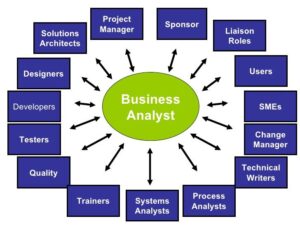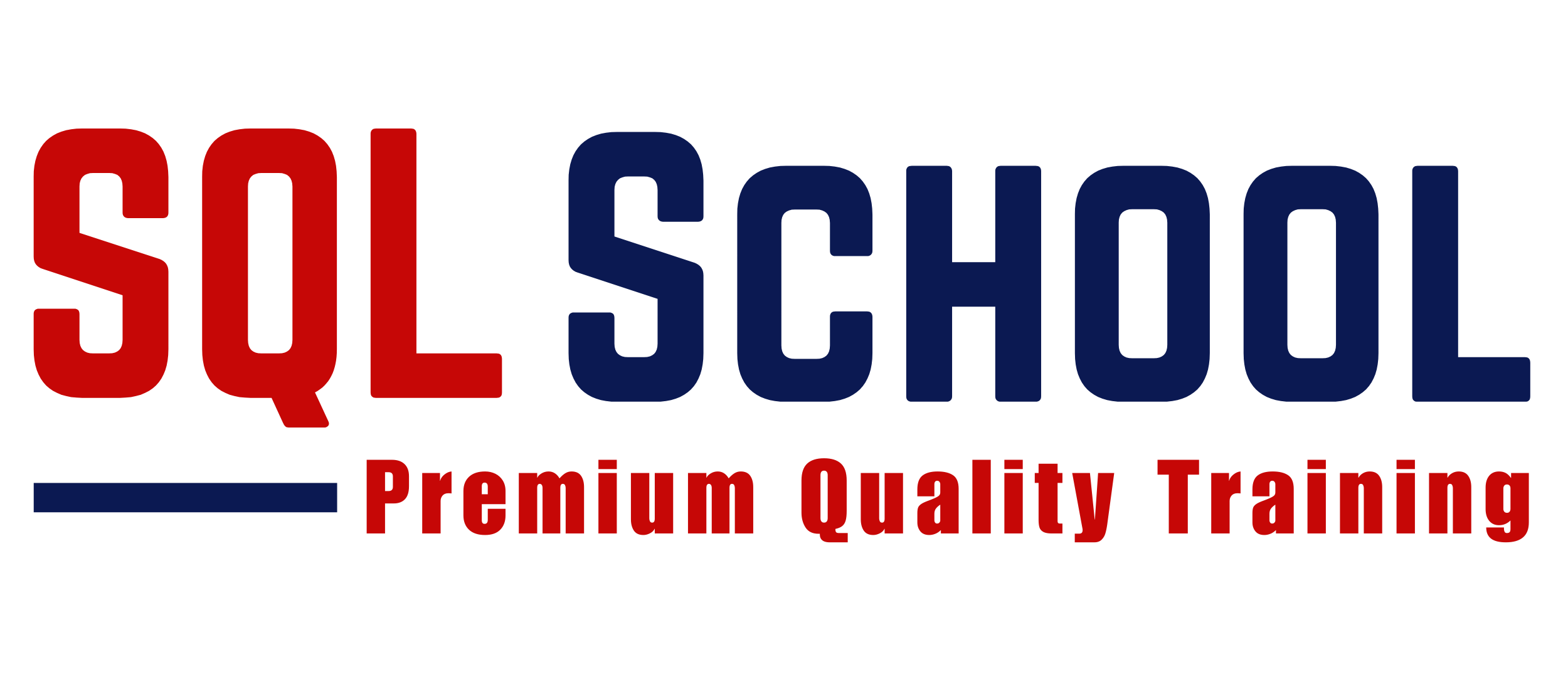🚀 Your Roadmap: How to Become a Business Analyst with High-Value Skills
Are you ready to transition into a high-profile, data-driven career? The role of a Business Analyst (BA) is one of the most prominent and rewarding in the modern workplace, bridging the gap between business needs and technical solutions. But how to become a Business Analyst with the confidence to succeed? This article breaks down the essential skill set, from foundational data tools to advanced AI co-pilots, providing you with a step-by-step training path to master the job. Dive in to learn the exact technologies you need to secure a high-paying role!
📺 Dive Into the Tutorial
Get a quick, clear overview of the Business Analyst career path and the six core modules required for success in this short demo:
Don’t miss future sessions! Hit the subscribe button and click the bell 🔔 to get notified!
📝 What’s On Deck: The Core Business Analyst Breakdown
The Business Analyst role requires a mix of technical competency, analytical thinking, and business acumen. Here is a breakdown of the key responsibilities and the 6-module learning path presented in the video:
⚙️ The True Business Analyst Job Role [00:00:42]
A Business Analyst is a critical and prominent job role focused on driving data-driven business solutions. Core daily activities include:
- Customer Requirement Analysis: Understanding and documenting stakeholder needs [00:00:50].
- Operational Data Analysis: Working with data to identify trends and efficiencies.
- Technical Implementation Plans: Designing workflows and specifying requirements.
- Business Goals Planning: Strategizing for implementation activities.
- Data-Driven Solutions: Ensuring all implementations are supported by data.

🔧 The Mandatory BA Technology Stack [00:01:13]
To succeed in the modern BA job market, you must be proficient in a combination of data handling, visualization, and scripting tools. The video highlights the following essential technologies:
- SQL (Module 1):The foundation for interacting with data and databases.
- PowerBI (Module 2):For powerful data analytics and visualization.
- Advanced Excel/Macros (Module 4):Essential for day-to-day data manipulation and reporting.
- Tableau (Module 5): Another critical tool for dashboarding and analytics.
- Python Analytics (Module 3):Sound knowledge of analytics (not programming/coding) is a preferred choice for staying competitive [00:01:27, 00:03:01].
📊 The BA Career Training Path & Modules
The video outlines a comprehensive 4-to-5-month training plan structured into six modules, with real-time projects integrated throughout:
- Module 1 (Basement):Data, Database, and MSSQL (24 concepts) [00:04:20].
- Module 2 (Analytics):PowerBI for Analytics (30 concepts with project work) [00:04:20].
- Module 3 (Case Study):Python Analytics (24 concepts, case study-like project for resume) [00:04:33].
- Module 4 (Mandatory):Advanced Excel with Agile (Essential for implementation planning) [00:04:41].
- Module 5 (Recommended):Tableau (Highly recommended for complete BA profile) [00:04:41, 00:05:31].
- Module 6 (Future-Proofing):AI Co-pilot (Highly recommended for facing any interview with confidence) [00:04:50, 00:05:31].
💡 Hands-On Challenge: Bridging the Implementation Gap
The core challenge for a new Business Analyst is translating raw customer requirements into actionable technical tasks (work items and sprints) for the development team. [00:01:57]
Action:Use SQL to validate data availability, and then use the principles of Agile (Sprints) to define, plan, and implement the actual workflow activities (Work Items) [00:02:10].Hint / Quick Tip
Solution / Detailed Answer
-- Example: Validating a new customer requirement
SELECT
c.CustomerID,
c.CustomerName
o.TotalOrders
FROM
Customers c
LEFT JOIN
(SELECT CustomerID, COUNT(OrderID) AS TotalOrders FROM Orders GROUP BY CustomerID) o
ON
c.CustomerID = o.CustomerID
WHERE
c.Region = 'North';
-- The BA uses this to verify operational data before building the report.
🌟 Why This Matters: Securing a High CTC Role
The demand for true, complete Business Analysts who possess this blend of technical skills (SQL, PowerBI, Python) and business framework knowledge (Agile, BA planning) is immense. Investing in modules 5 (Tableau) and 6 (AI Co-pilot) transforms your profile from merely qualified to highly recommended, enabling you to face any interview with high confidence and ultimately win a job with a high CTC (Cost to Company) [00:05:31, 00:05:42].

❓ Frequently Asked Questions (FAQs)
Is the Business Analyst path only for people with an IT background?
No. The video explicitly states that the BA role is suitable for individuals with a career gap, those with good experience in IT or non-IT, or even those from a background other than data-related activities who are seeking a high-profile job [00:02:20].
Do I need to be a Python Coder for this Business Analyst role?
No. The training focuses on Python Analytics, which is specifically distinguished from Python Programming or coding. The goal is to guide you on how easy it is to master these technologies for analytical purposes, not deep programming [00:03:01].
Which modules are absolutely mandatory to start applying for BA jobs?
Modules 1, 2, 3, and 4 (SQL, PowerBI, Python Analytics, and Advanced Excel/Agile) are considered mandatory and form the initial phase of the learning [00:05:00, 00:05:31]. Modules 5 (Tableau) and 6 (AI Co-pilot) are optional but highly recommended for getting more opportunities.
🎯 Summary Snapshot Table: Your Action Plan
| Focus Area | Key Takeaway | Your Action Step |
|---|---|---|
| Foundation | Data, Database, and SQL (Module 1) are the non-negotiable basement skills. | Immediately start practicing MSSQL concepts and database fundamentals. |
| Visualization | PowerBI and Tableau are both crucial for creating professional dashboards. | Master PowerBI first (Module 2), then secure the “complete” profile by adding Tableau (Module 5). |
| Process & Tools | BA work involves design, planning, implementation, and performing analytic activities. | Learn Agile methodologies (Module 4) to effectively manage work items and sprints [00:01:57]. |
✨ Final Thoughts Section
The journey to becoming a confident and complete Business Analyst is structured, requiring dedication to a specific, high-value curriculum. By focusing on the six key areas—from SQL fundamentals to the future-proofing power of AI co-pilot—you are not just learning tools; you are building a resilient, high-demand career profile. The time for exploration is over; the time for focused training is now!
Final CTA: Ready to implement these strategies and win your next interview? Enroll in a dedicated, step-by-step training program today!
#️⃣ Hashtags:
#HowToBecomeABusinessAnalyst #BusinessAnalystTraining #BAJobRole #DataAnalytics #SQLforBA #PowerBI #Tableau #PythonAnalytics #Agile #CareerChange #HighCTCJobs #SQLSchool

